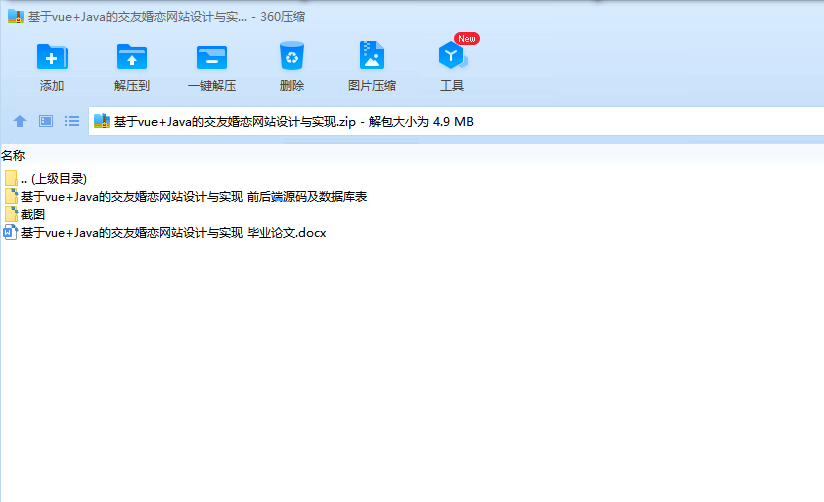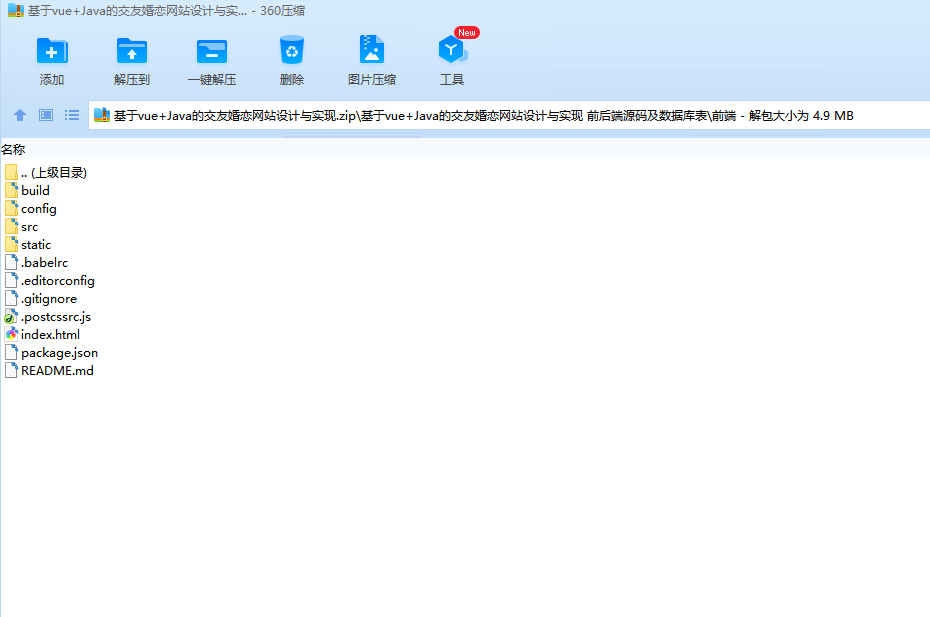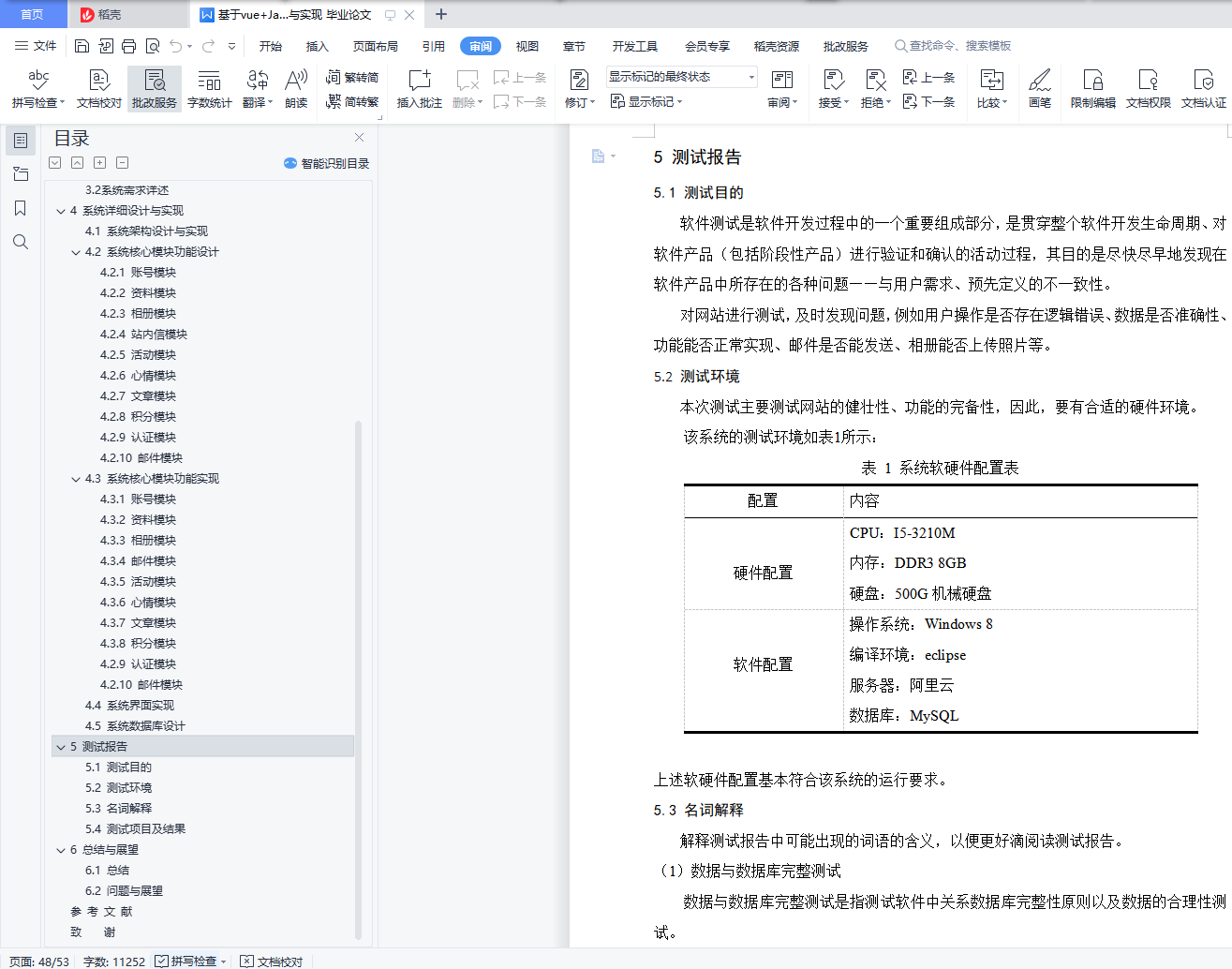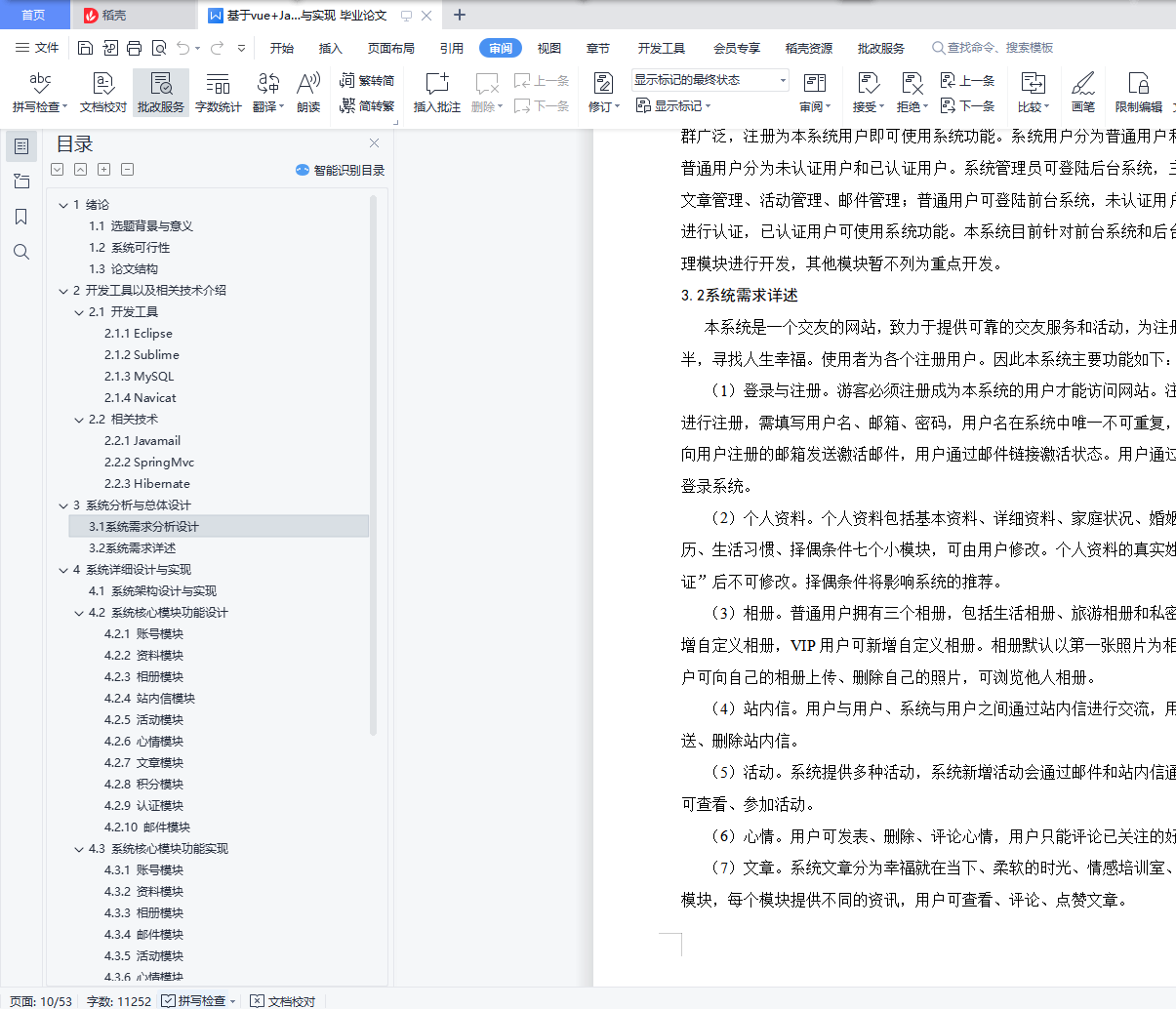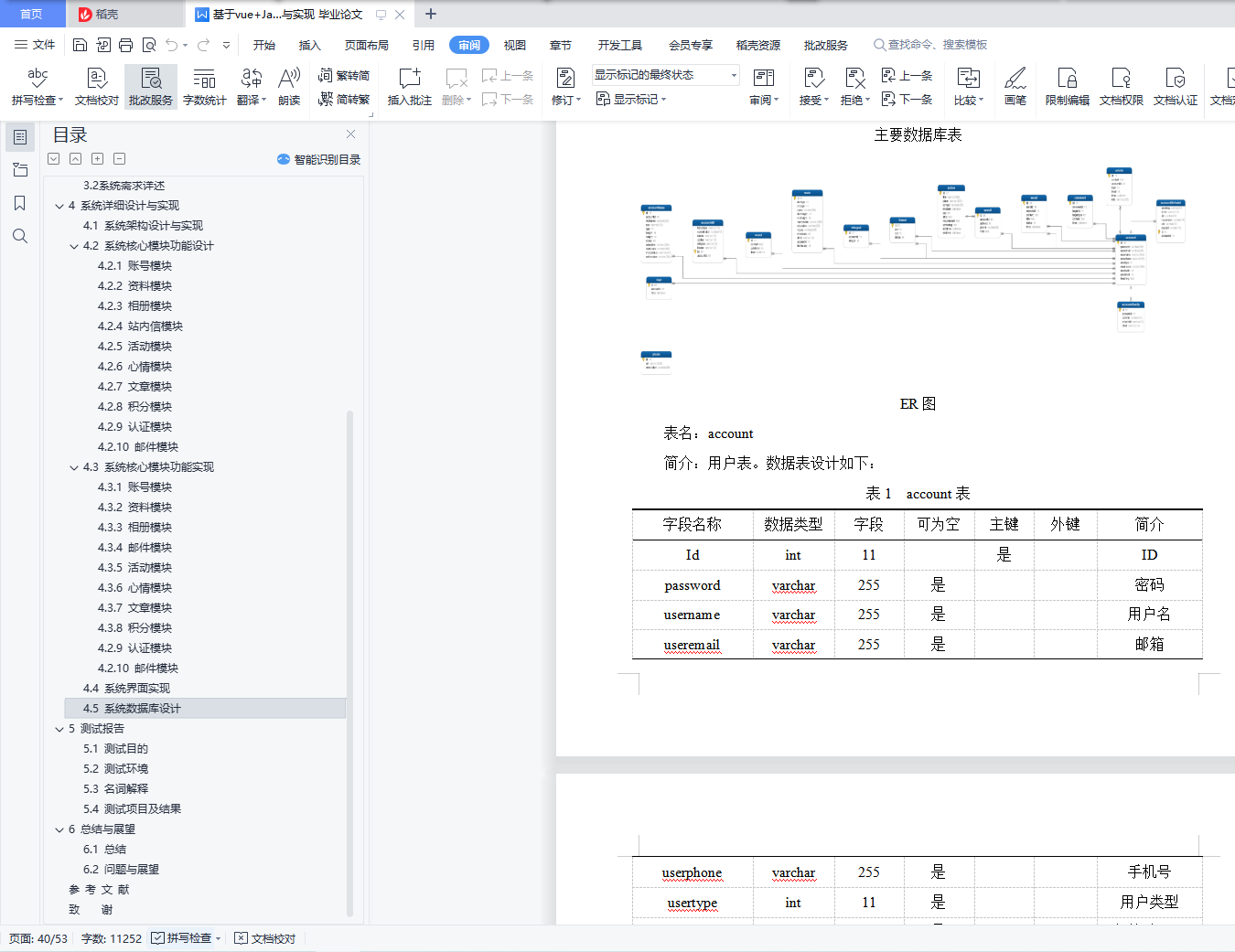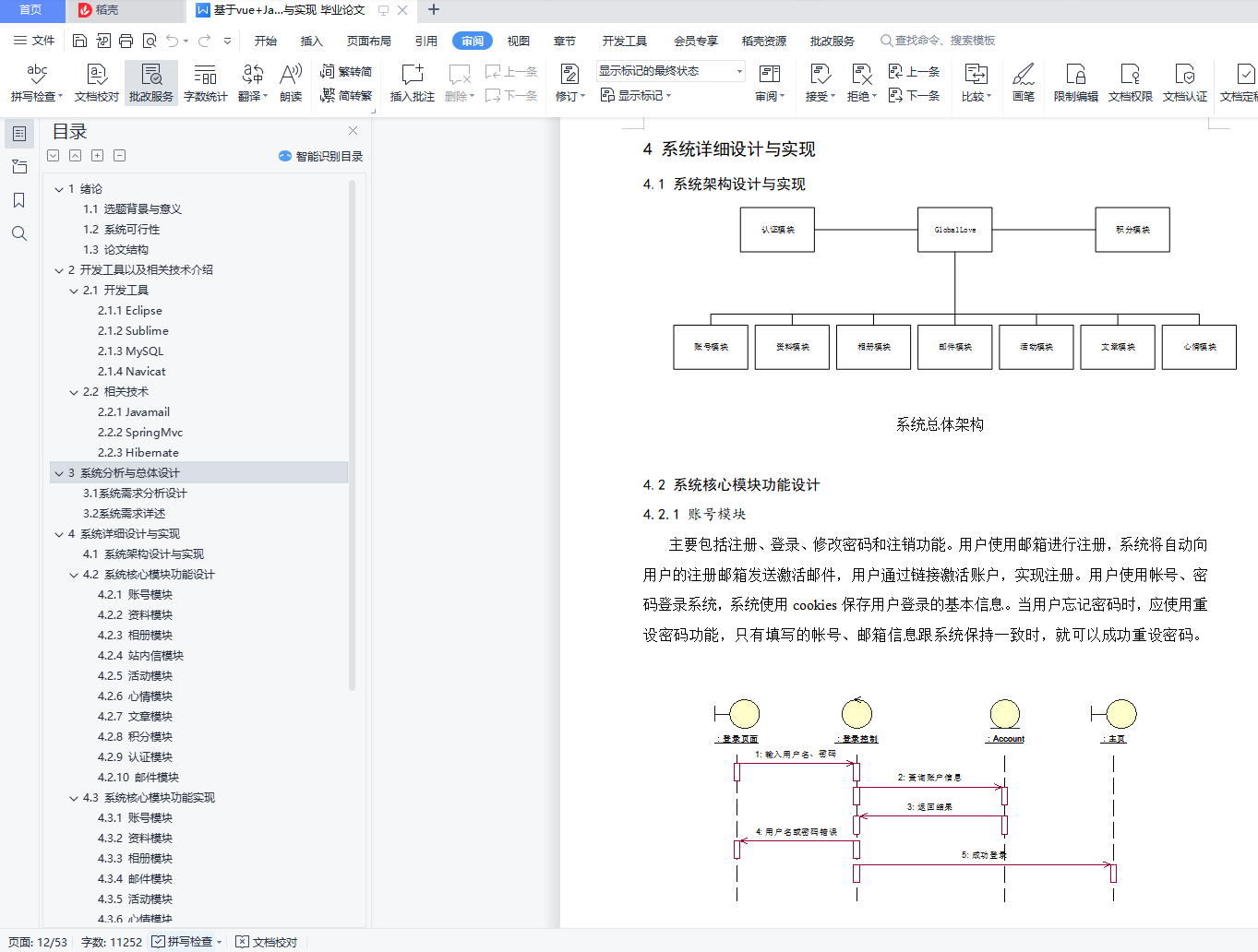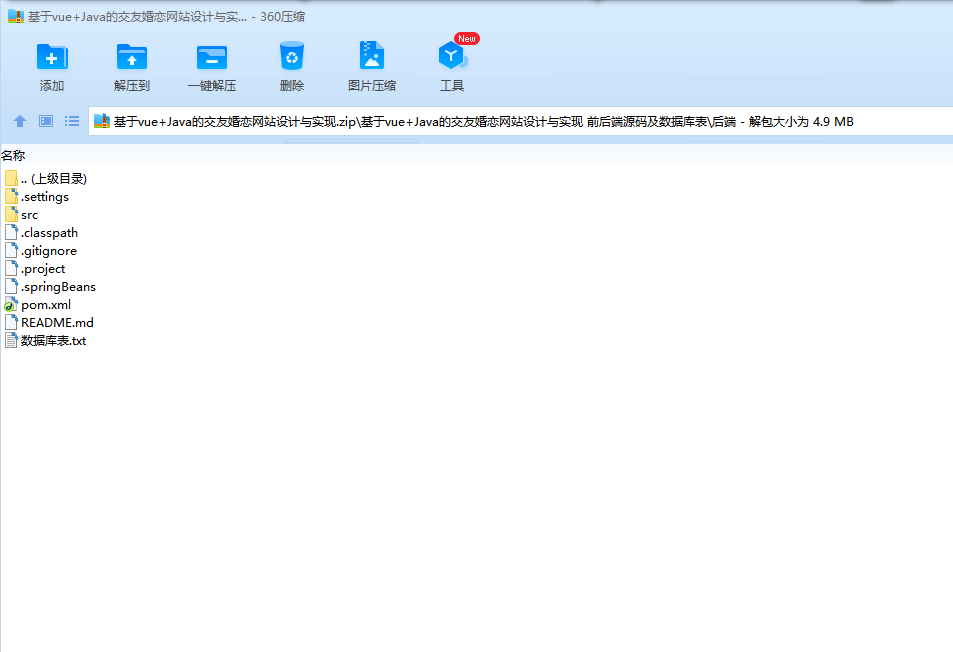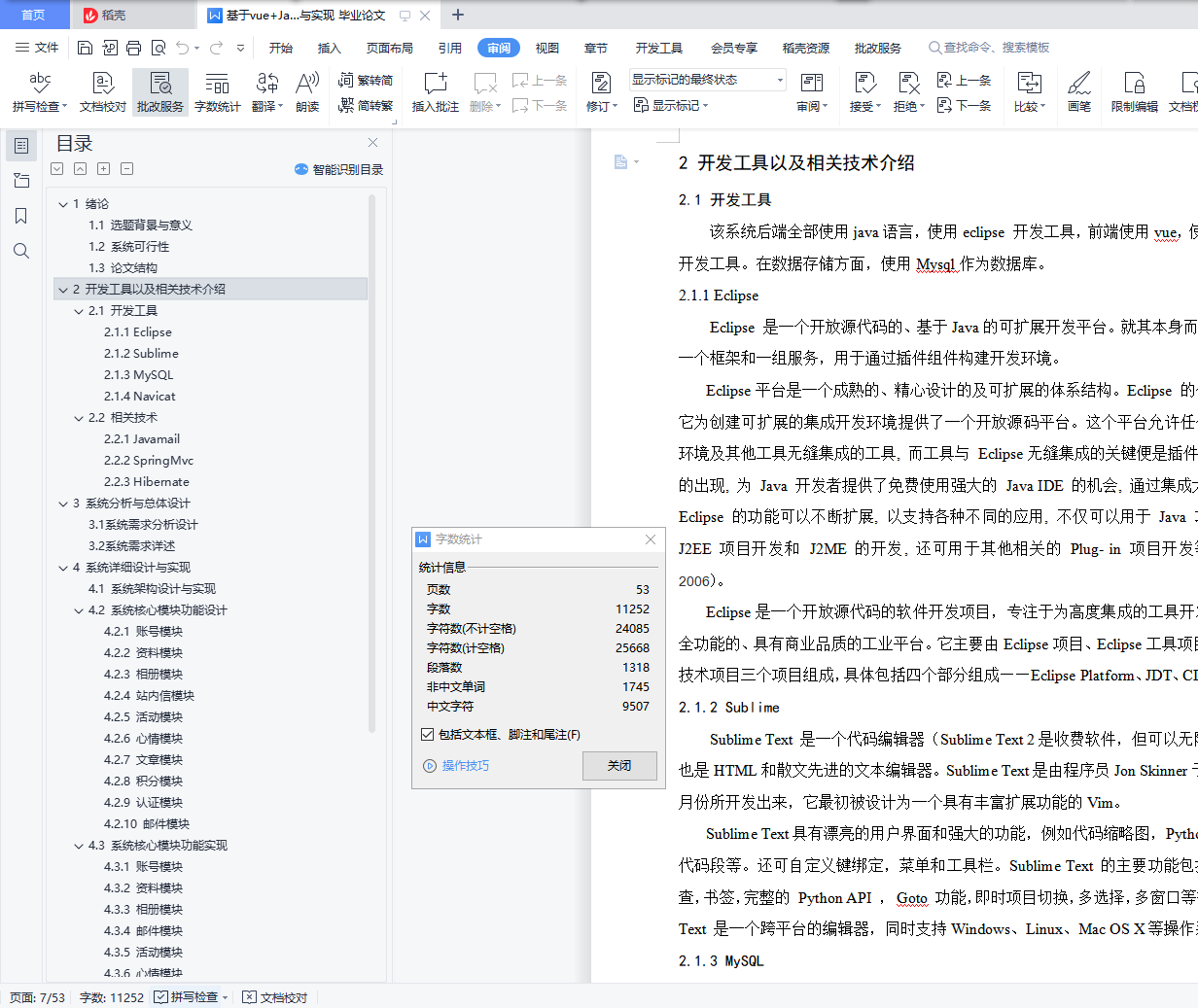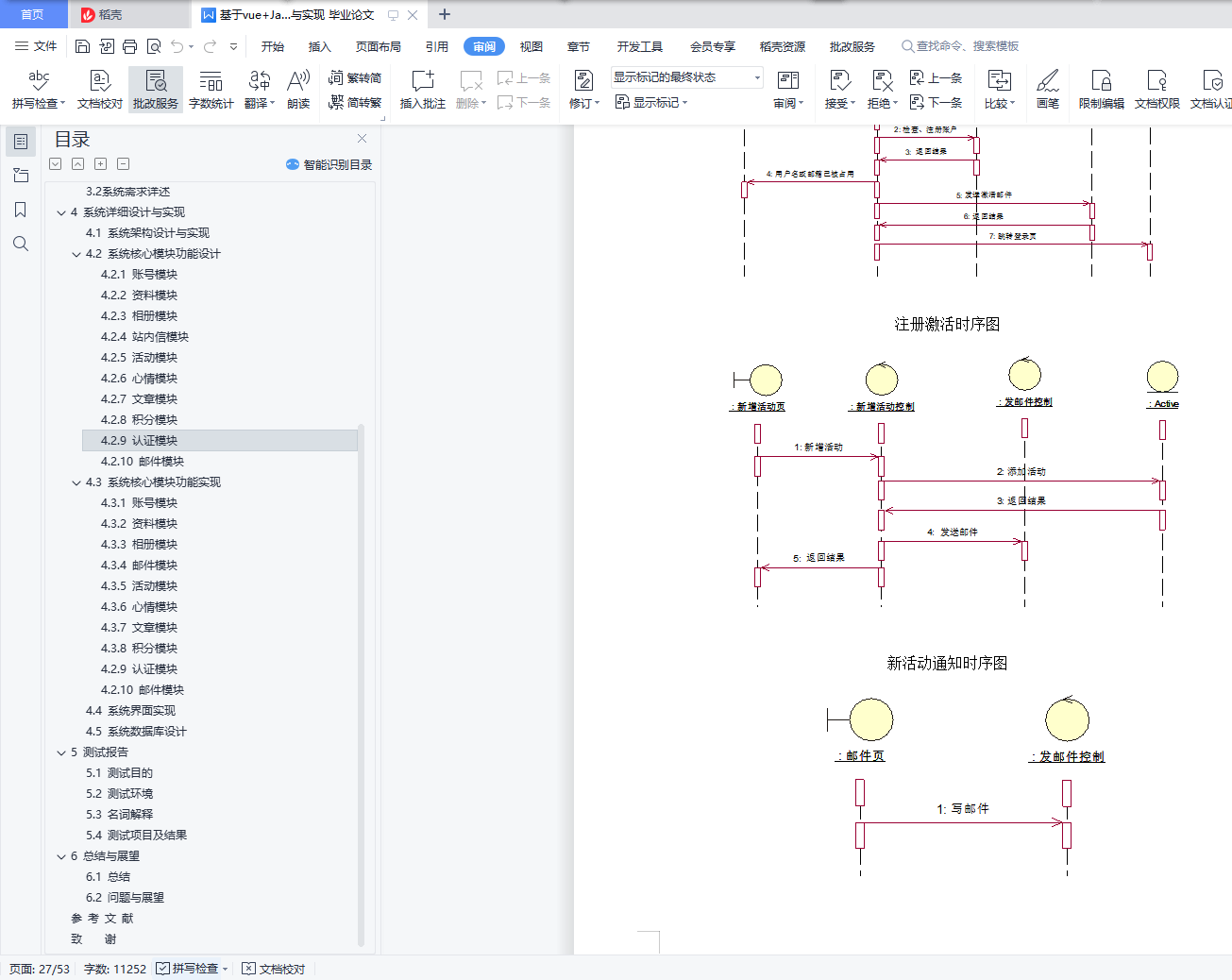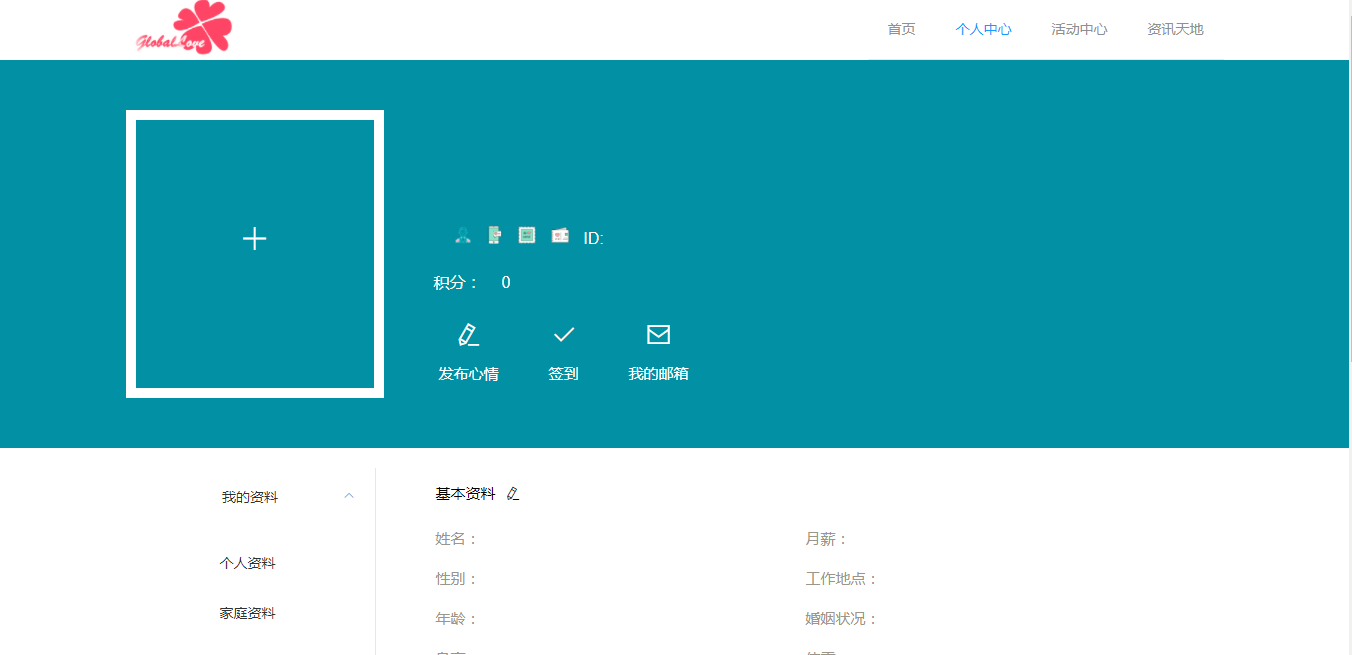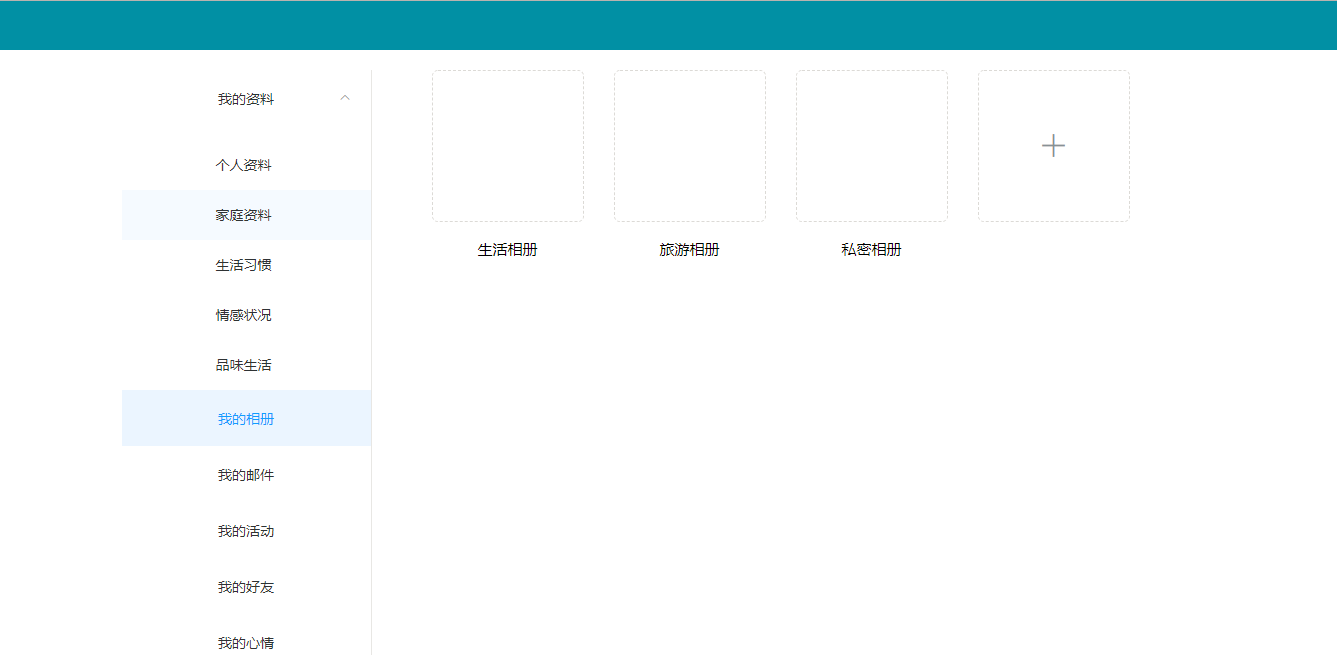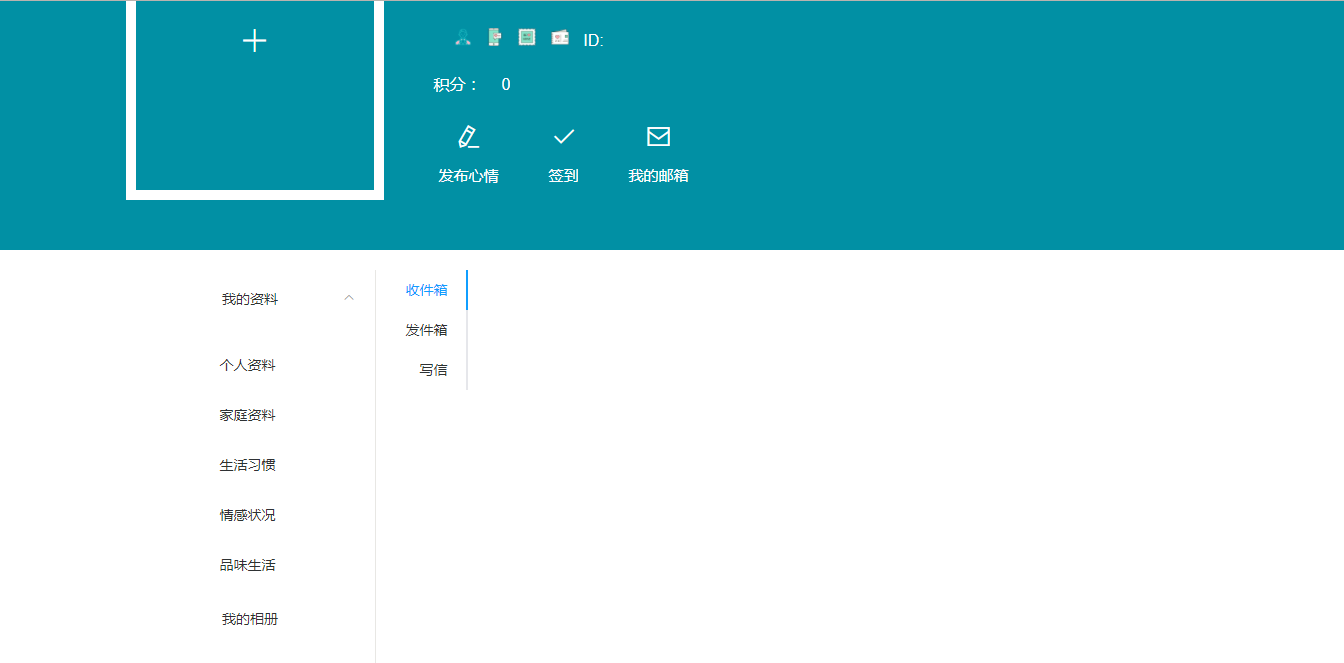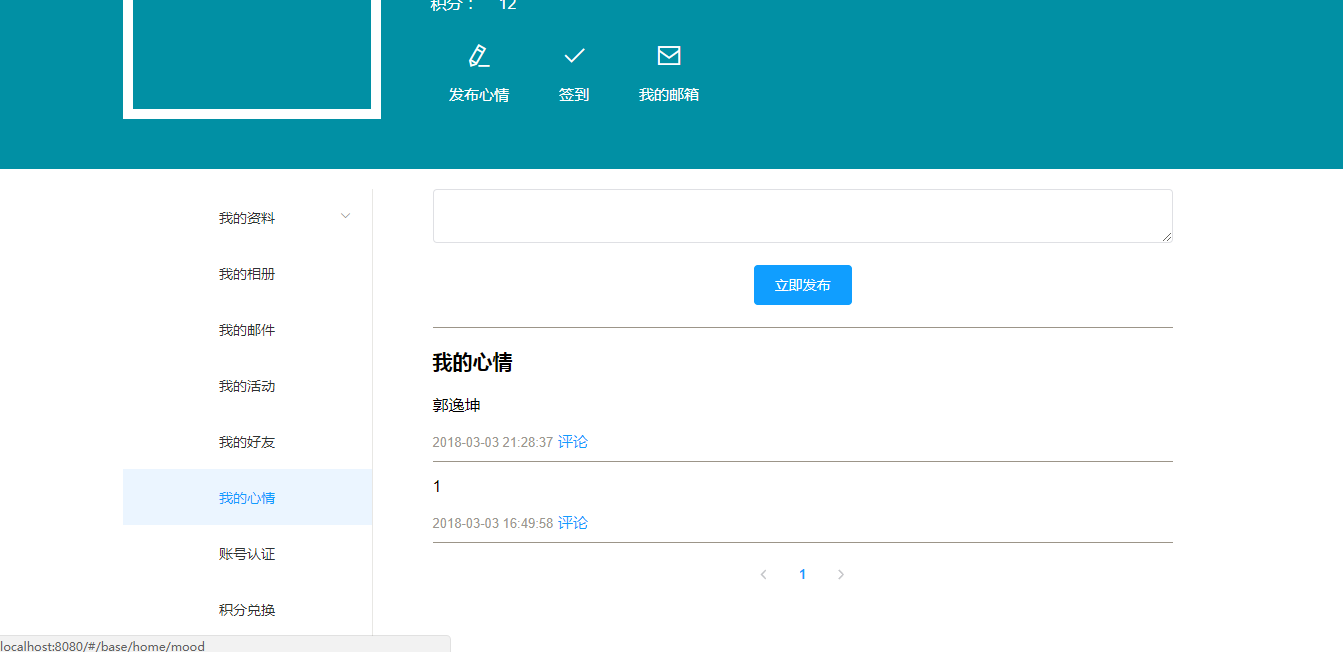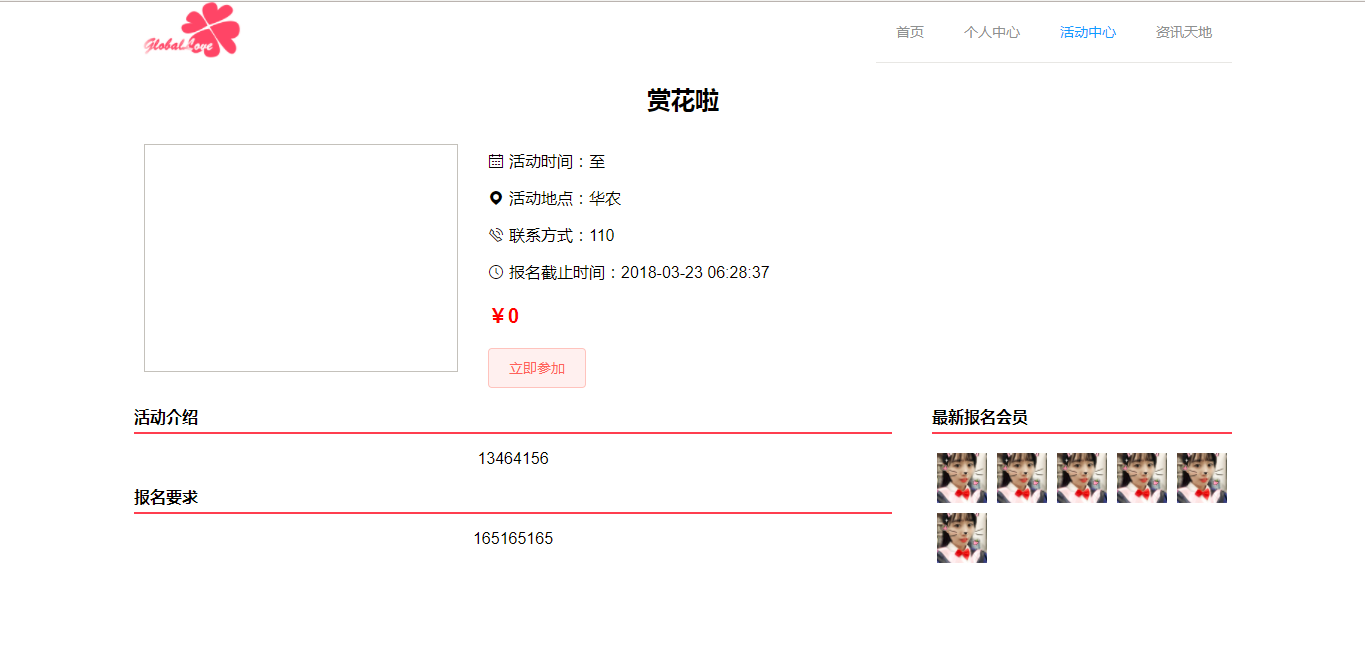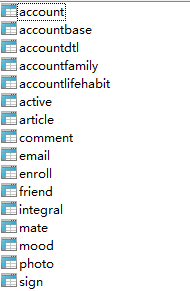摘 要
“男大当婚,女大当嫁”是中国的传统,恋爱与婚姻是人生的大事之一。恋爱与婚姻的需求自古以来一直存在,不同时代有着不同的表现方式。随着互联网的快速发展,相亲交友网站应运而生。2016年中国适婚“剩男剩女”达到两亿,相亲交友网站再度掀起热潮。
相亲网站是专门为谈婚论嫁的男女搭建的社交平台,方便谈情说爱,足不出户就可以发起爱情邀约,具有广泛性、娱乐性、安全性等特点。随着互联网技术的发展,相亲网站形式越来越丰富,开发出了线下交友活动、线上红娘牵线、电视相亲节目等等丰富的内容。传统的相亲网站有:百合网、世纪佳缘、珍爱网等。
相亲交友网站,不仅仅要有丰富的、创新性的活动内容,能够推荐合适的对象给予用户,还有有严格的审核监管机制。现实中的互联网相亲网站仍存在同质化严重、缺乏管理机制、信任问题频发等问题,这也说明了交友网站仍有很大的发展空间。
因此,婚恋交友网站还有很大的发展空间。本文试图通过开发交友网站,对婚恋网站进行研究,同时对javamail进行应用。Javamail是javaee一个组件,用于模拟邮件系统,提供Email接收和发送服务。通过javamail实现对用户的注册激活、活动通知、消息推送等功能,方便了系统与用户之间的交流与联系。
本文主要介绍交友网站的设计思路,详细设计方案,以及相关的测试。
关键字:交友网站 javamail 配对推荐 婚恋信息
Device simulator based on Internet video monitoring system
Abstract: At present, the video monitoring system has been widely used in the field of anti-theft security, production management and remote teaching. In the background of the rapid development of the Internet technology, image compression technology and embedded technology, video monitoring system is developing in the direction of network, digitalization and miniaturization.
To the development of Internet video monitoring system, need to apply to the theory of streaming media, a variety of Internet transmission protocols, etc.. This means that the Internet monitoring system is a complex system. Especially the streaming media server, in some large companies or public security system, size of video stream transmission is explosive. Therefore, in practice, in order to avoid the defect of system are fatal, and also in order to ensure the robustness of the system. Before being put into use, must make enough accurate and efficient test.
Streaming media server usually interact with cameras and get flow from them. Camera may cause some exceptions during the interaction with streaming media server. Therefore, Try to do a research based on cameras, which may create a series of exceptions in their interaction.This kind of camera can be called device simulator.
This paper mainly introduces the design thinking and detailed design of device simulator. Also use the developed device simulator for robustness testing of the streaming media server of
network video monitoring system. The detailed contents, test results, are all presented by the test report.
Key words: Internet Streaming Media Simulator Exception
目 录
1 绪论········································································································1
1.1 选题背景与意义·······················································································1
1.2 系统可行性·····························································································1
1.3 论文结构································································································2
2 开发工具以及相关技术介绍··········································································3
2.1 开发工具································································································3
2.1.1 Eclipse简介···························································································3
2.1.2 sublime简介··························································································3
2.1.3 MySQL 简介·························································································4
2.1.4 Navicat 简介·························································································4
2.2 相关技术································································································5
2.2.1 javamail简介·························································································5
2.2.2sprimgmvc简介·······················································································5
2.2.3hibernate简介·························································································5
3 系统分析与总体设计···················································································8
3.1 系统需求分析设计····················································································8
3.2系统需求详述··························································································7
4 系统详细设计与实现···················································································8
4.1 系统架构设计与实现·················································································8
4.2 系统核心模块功能设计与实现·····································································8
4.2.1 账号模块·····························································································8
4.2.2 资料模块····························································································10
4.2.3 相册模块····························································································13
4.2.4 邮件模块 15
4.2.5 活动模块 16
4.2.6 心情模块···························································································
4.2.7 文章模块···························································································
4.2.8 积分模块···························································································
4.2.9 认证模块···························································································
4.3 系统核心功能模块实现 25
4.3.1 账号模块 27
4.3.2 资料模块 25
4.3.3 相册模块···························································································
4.3.4 邮件模块···························································································
4.3.5 活动模块···························································································
4.2.6 心情模块···························································································
4.2.7 文章模块···························································································
4.2.8 积分模块···························································································
4.2.9 认证模块···························································································
5 测试报告 26
5.1 测试目的 26
5.2 测试环境 26
5.3 名词解释 26
5.4 测试项目及结果 27
6 总结与展望 39
6.1 总结 39
6.2 问题与展望 40
参考文献 41
致谢 42
